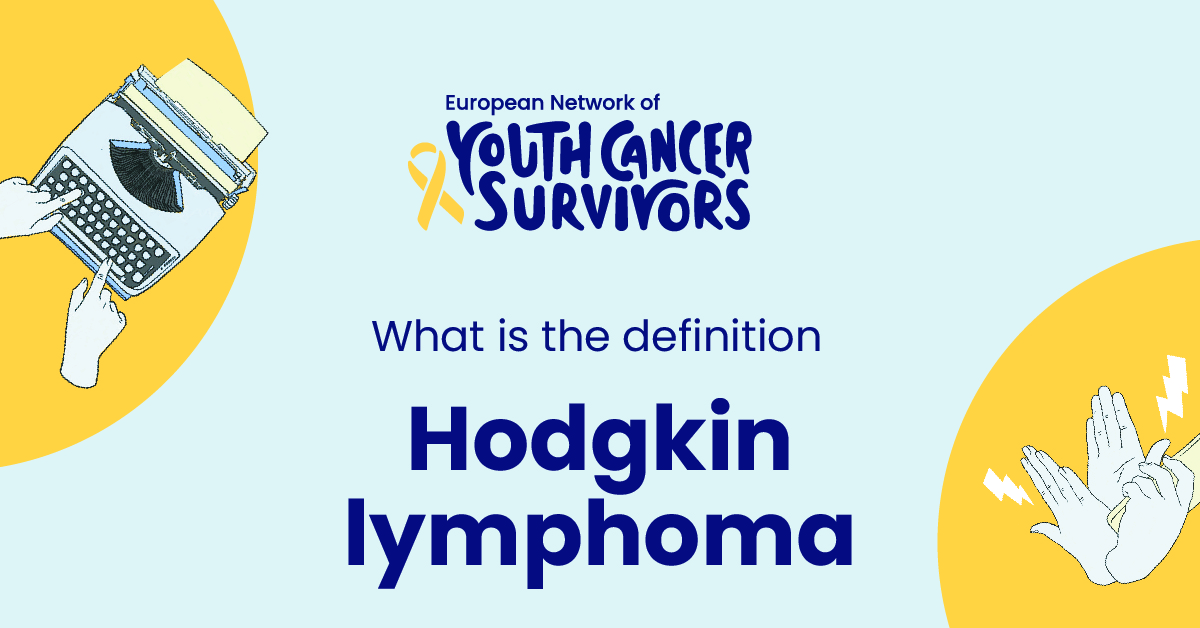
Lymphoma, a type of cancer, originates in the cells of the immune system, specifically the lymphocytes. It is a broad term that represents over 20 different subtypes of cancer, but these can generally be broken down into two main classes: Hodgkin lymphoma and non-Hodgkin lymphoma. This article focuses on understanding and addressing Hodgkin lymphoma. A brief overview of the disease, causes and risk factors, identification of symptoms, potential therapeutic options and the lifestyle changes required will be discussed.
A Brief Overview of Lymphoma
Lymphoma is characterized by an abnormal proliferation of lymphocytes, a type of white blood cell, which are crucial for the body’s defense mechanisms. Their abnormal growth disrupts the immune system’s capacity to ward off infections and diseases, leading to the various manifestations of lymphoma.
Highlight on Hodgkin Lymphoma
Hodgkin lymphoma, named after Dr. Thomas Hodgkin, who first described it, is unique in its cellular composition. The hallmark feature of Hodgkin lymphoma is the presence of Reed-Sternberg cells, large malignant cells observed under a microscope.
Understanding Hodgkin Lymphoma
Definition: What is Hodgkin Lymphoma?
Hodgkin lymphoma is a rare type of lymphoma that begins in the lymphatic system – a part of the immune system responsible for the body’s defense mechanism against diseases. The distinguishing feature of Hodgkin lymphoma is Reed-Sternberg cells, which facilitate disease progression by eliciting an enormous, but ineffective, immune response.
Types of Hodgkin Lymphoma
There are several subtypes of Hodgkin lymphoma, which include classical Hodgkin lymphoma and nodular lymphocyte-predominant Hodgkin lymphoma. These subtypes are classified based on the appearances of the lymphoma cells under a microscope.
How Hodgkin Lymphoma Differs from Other Lymphomas
The presence of Reed-Sternberg cells sets Hodgkin lymphoma apart from other lymphomas. On top of that, the clinical progression and associated symptoms are different, necessitating unique therapeutic approaches.
Causes and Risk Factors of Hodgkin Lymphoma
Common Causes of Hodgkin Lymphoma
The exact cause of Hodgkin lymphoma remains unknown; however, it’s understood that most cases occur when an error in the genetic mutation of B lymphocytes triggers excessive and uncontrolled cell division.
Risk Factors: Who is at Risk?
Various factors increase the risk of developing Hodgkin lymphoma. These include a previous infection with Epstein-Barr virus (EBV), a weakened immune system, family history of lymphomas and exposure to specific chemicals or radiation.
Identifying Symptoms and Early Signs of Hodgkin Lymphoma
Common Signs and Symptoms of Hodgkin Lymphoma
The common signs and symptoms of Hodgkin lymphoma include unexplained weight loss, fever, excessive sweating (night sweats), fatigability, and swollen lymph nodes, particularly in the neck, armpits, or groin.
The Importance of Early Diagnosis
Early diagnosis of Hodgkin lymphoma is crucial for successful treatment and improved chances of survival. Evidence suggests that patients diagnosed at an early stage have up to a 90% chance of achieving long-term, disease-free survival.
Overview of the Diagnostic Process
The diagnostic process for Hodgkin lymphoma usually includes a detailed medical history, physical examination, and specific laboratory tests and imaging scans. Biopsy of the affected lymph nodes or other tissues is the definitive diagnostic procedure.
Treatment Options for Hodgkin Lymphoma
Traditional Treatment Approaches
The traditional treatment options for Hodgkin lymphoma include chemotherapy, radiation therapy, and stem cell transplant. Choice of treatment depends on the stage and category of the disease, as well as the patient’s overall health.
Emerging Treatments for Hodgkin Lymphoma
Emerging treatments like immunotherapy, targeted therapies, and experimenting with innovative drug combinations are getting recognition, and clinical trials are underway to assess their long-term efficacy and safety.
Holistic Approaches and Lifestyle Changes
Alongside traditional treatment, adopting a healthy lifestyle, good nutrition, regular exercise, stress management, and quitting harmful habits like smoking and excessive alcohol intake can contribute significantly to the management of Hodgkin lymphoma.
Living with Hodgkin Lymphoma
Potential impacts on daily life
Hodgkin lymphoma can have a profound impact on a patient’s daily life, yet with advancements in treatment, many patients manage to lead a reasonably unaffected lifestyle. Consulting with health and nutrition experts, psychological counseling, and engaging in support groups can help manage these impacts.
Coping and Support for Hodgkin Lymphoma Patients
Patient advocacy groups and community support networks play crucial roles in helping patients and their families cope with the challenges brought by this condition. Emotional support from family and friends can also significantly influence the patient’s outlook and adherence.
Long-term Outlook and Prognosis
The prognosis for Hodgkin lymphoma has significantly improved over the past few decades, with survival rates reaching up to 90% at five years following diagnosis, particularly for early-stage patients. Late-stage patients can also achieve substantial long-term survival rates with competent medical care.
Get to know us better
If you are reading this, you are in the right place – we do not care who you are and what you do, press the button and follow discussions live

Conclusion
Recap of Key points on Hodgkin Lymphoma
Hodgkin lymphoma is a unique and less common type of lymphoma characterized by the presence of Reed-Sternberg cells. A better understanding of its pathology, causes, risk factors, symptoms, treatment options, and improved coping strategies contributes to the improved prognosis and survival rates.
Importance of Regular Check-ups and Early Diagnosis
Regular check-ups and early diagnosis of Hodgkin lymphoma are pivotal in minimizing disease progression and improving chances of long-term survivability. Maintaining a healthy lifestyle, early identification of symptoms and proper medical consultation can significantly reduce the adverse effects of this disease.
FAQs
- What are the first signs of Hodgkin lymphoma?
Common early signs include swollen lymph nodes in the neck, armpits, or groin, unexplained weight loss, consistent fever, night sweats and fatigue.
- Can Hodgkin lymphoma be prevented?
As the exact cause of Hodgkin lymphoma is not yet known, it’s difficult to define clear prevention guidelines. However, maintaining a healthy lifestyle, avoiding exposure to specific carcinogens, and early diagnosis can effectively manage the condition.
- How is Hodgkin lymphoma diagnosed?
Diagnosis usually involves a comprehensive medical history, physical examination, laboratory tests, imaging scans, and lymph node biopsy.
- What is the survival rate of patients with Hodgkin lymphoma?
The survival rate differs depending on the stage of the disease. Notably, early-stage patients have a survival rate reaching up to 90% at five years following diagnosis.
- Can Hodgkin lymphoma return after treatment?
Yes, Hodgkin lymphoma can return after initial treatment, which is referred to as relapsed Hodgkin lymphoma. Successful management is often possible with further treatment.

















Comments
Thank you. Comment sent for approval.
Something is wrong, try again later